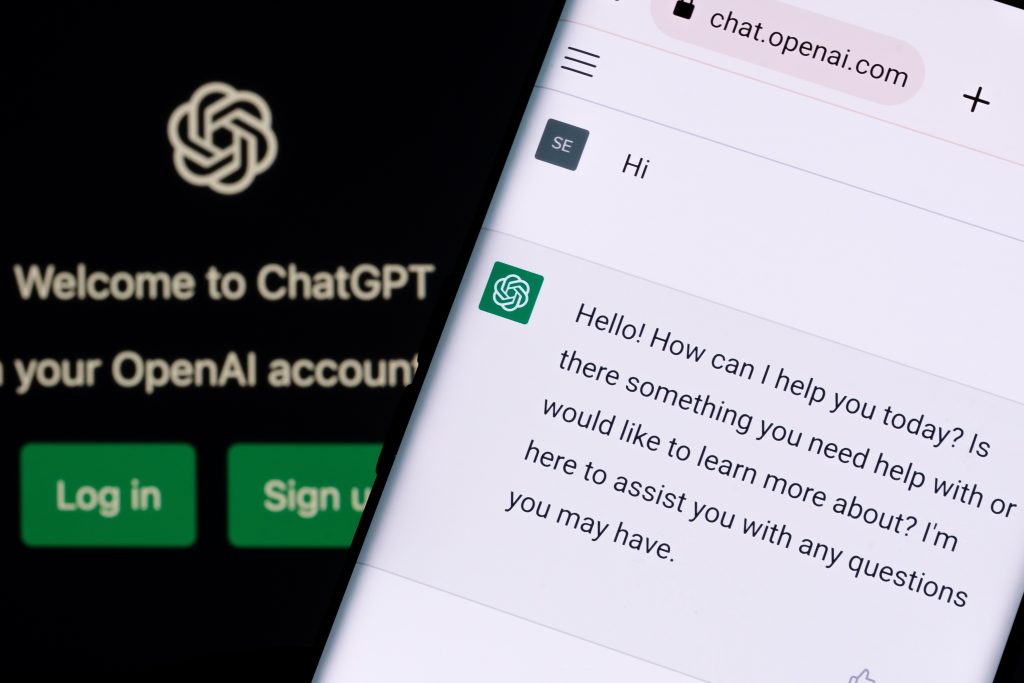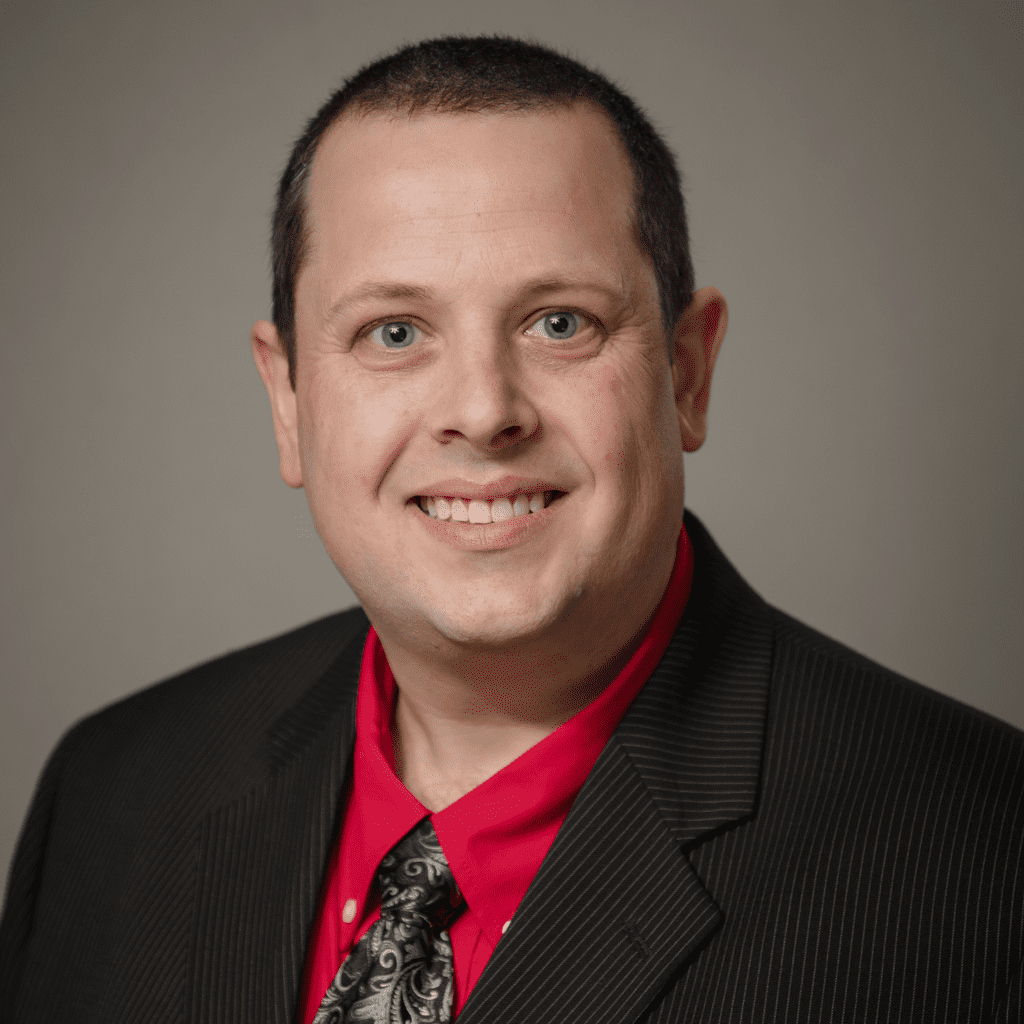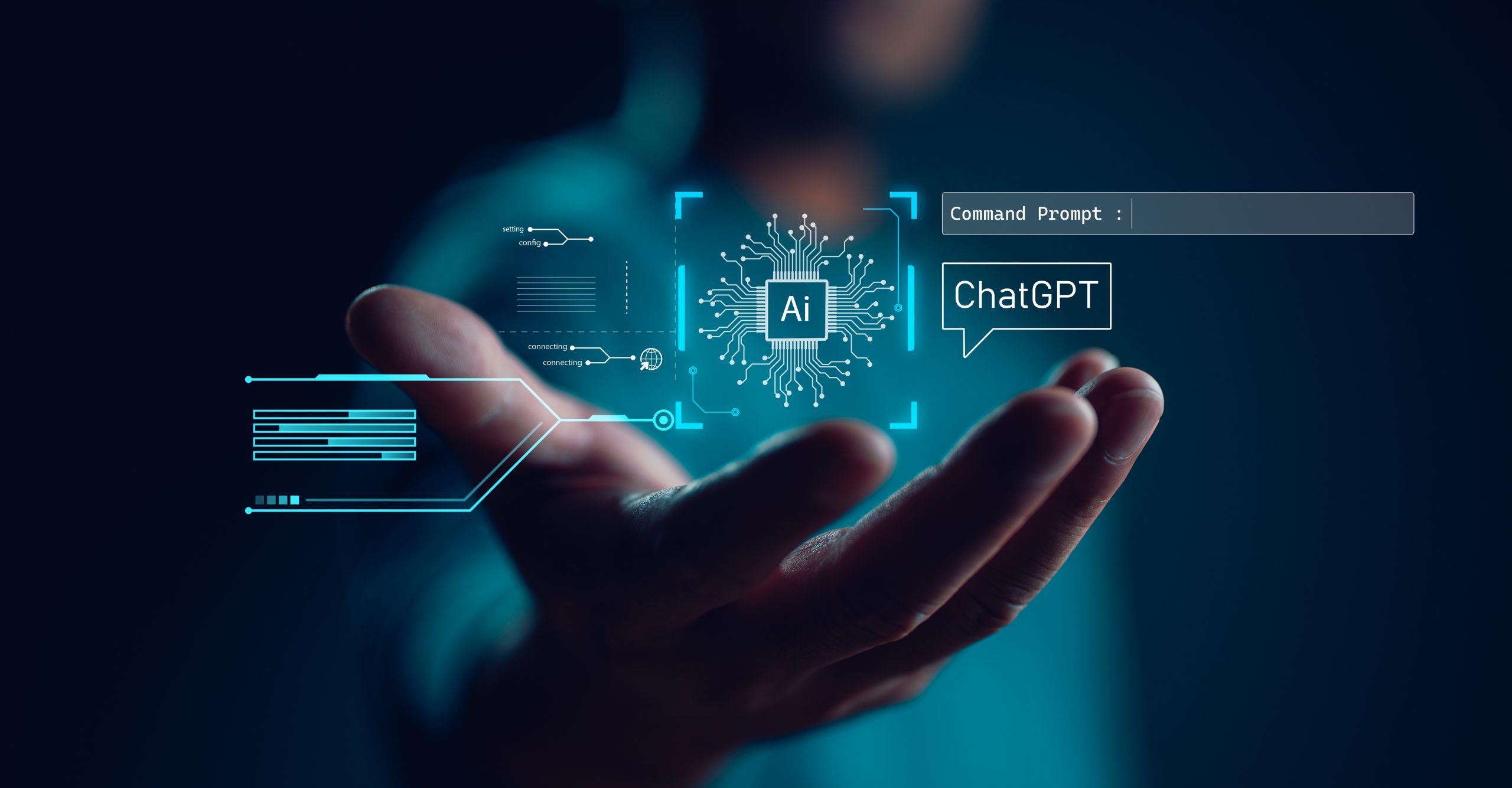How can ChatGPT be used to support Diversity, Equity, and Inclusion in Simulation? This article explains how to create realistic patient profiles leveraging the AI.
Introduction:
Creating realistic patient profiles that accurately reflect the diversity of real-world patient populations can be challenging. Through the use of a tool such as ChatGPT (Generative Pretrained Transformer), it is possible to create a patient profile that is an accurate and inclusive representation of a person belonging to a particular demographic.
ChatGPT is a language model, which can be used to generate simulated patient profiles that accurately represent real-world populations. This article will explore the benefits and opportunities of using ChatGPT to produce statistically accurate patient profiles based on data that is readily available and with the focus on introducing more diversity in healthcare simulations for the development of cultural humility among learners.
Benefits and Opportunities:
ChatGPT can generate simulated patient profiles that can be used in simulation scenarios to accurately reflect the diversity of real-world patient populations. It can be prompted to utilize resources such as the National Institutes of Health (NIH) and World Health Organization (WHO) and can produce patient profiles that include identifiers such as age, disability, ethnicity, family or marital status, gender identity or expression, language, national origin, physical and mental ability, political affiliation, race, religion, sexual orientation, socio-economic status, vocation, veteran status, criminal status, among others. This allows simulation educators to develop scenarios and cases that more accurately depict patients belonging to a particular demographic.
Other opportunities are opened up through the use of ChatGPT-generated patient profiles. Learners can gain exposure to a wide range of patient populations and develop the skills needed to provide culturally competent care. For example, a simulation-based experience can be developed with a scenario whose patient is a part of a medically-underserved community. ChatGPT can generate an accurate patient profile for someone in that community and the scenario will be developed around that profile. Specific learning objectives can be expressed in the scenario as well based on the learner type.

Examples of ChatGPT-generated Patient Profiles:
The authors generated multiple patient profiles based on different prompts given to ChatGPT. The detail of the response given by ChatGPT depended on the quality of the prompt. ChatGPT was prompted to use statistics provided by reputable sources such as, but not limited to, the World Health Organization, U.S. Census, and the National Institute of Health. ChatGPT was asked to generate a patient’s chief complaint, physical characteristics, past medical history, sexual history, surgical history, insurance status, etc. In addition, a list of sources in APA format was provided. For example, we would ask ChatGPT to generate a patient profile a patient that:
- Lived in rural West Texas
- Belonged to a medically underserved demographic
- Was seeking healthcare in a primary-care setting
ChatGPT took less than one minute to output a full patient profile that included the patient’s demographic, full medical history, and a summary of the patient’s profile. What we found very useful was the list of resources that ChatGPT used. We did notice, however, that some references were output incorrectly and had to be manually verified and adjusted.
This process was done multiple times and ChatGPT generated a new, unique patient profile each time one was requested. ChatGPT was also prompted to use the same input and rewrite specific sections upon request. This allowed for optimization of the patient profile and the portrayal of alternative values based on hypothetical scenarios.
The authors have put together a website that contains more detailed information about how we “engineered” the prompts given to ChatGPT. Also included at this website are example prompts and the associated responses from ChatGPT. Please visit the website for more information.
Conclusion:
In conclusion, the use of ChatGPT to produce statistically accurate patient profiles based on NIH and WHO data has several benefits and opportunities for healthcare simulation educators. By promoting diversity and cultural maturity, it allows learners to gain exposure to a wide range of patient populations and develop the skills needed to provide culturally competent care. ChatGPT also allows for the creation of realistic and accurate profiles that are based on real-world data, providing learners with an authentic learning experience. Additionally, it allows for the creation of customizable and adaptable profiles that meet the specific needs of different learners. The use of ChatGPT is a powerful tool for healthcare simulation educators looking to provide learners with experiences incorporating diversity, equity, and inclusion.
READ ALSO









































